Manuel Rüedi is a curator of the mammal collection in the Natural History Museum of Geneva, Switzerland. He has been studying bats from Europe and Southeast Asia. Formerly, he wrote his PHD thesis about the systematics and biogeography of Asian shrews which helped him understand how small mammals evolve.
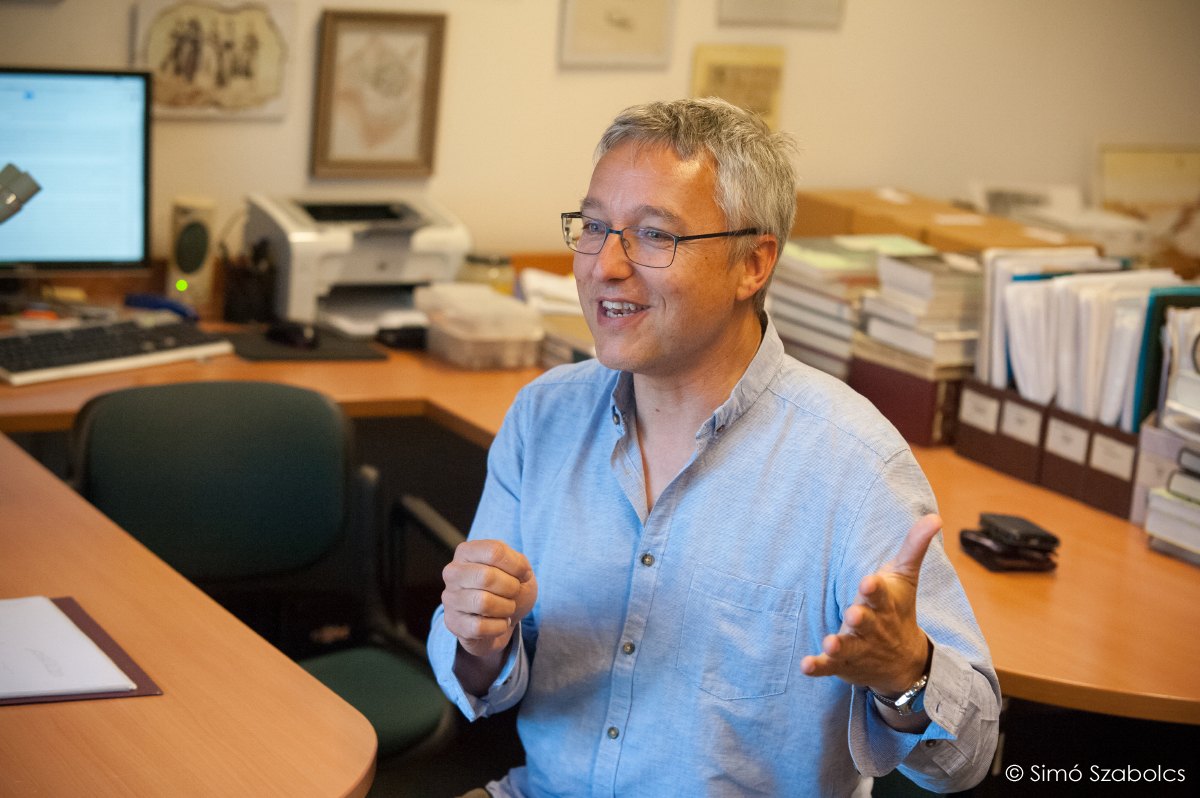
What is your Synthesys project about?
It started with a trip to northern Laos with my fellow researchers where we caught an enigmatic bat, which was not clearly recognizable. That geographic region had formerly been closed for foreign people to study, but later it became open for toursim and for doing research. After a lot of morphologic examinations and phylogenetic reconstructions we realized that we found something totally unique and unrelated to the group where it used to be classified. Clearly this bat is a representative of an unknown genus, a completely new lineage. Except for this, there are only half a dozen other specimens of this rare bat from Thailand, Nepal and Vietnam. The goal of my Synthesys project is to describe this lineage as a genus new to science.
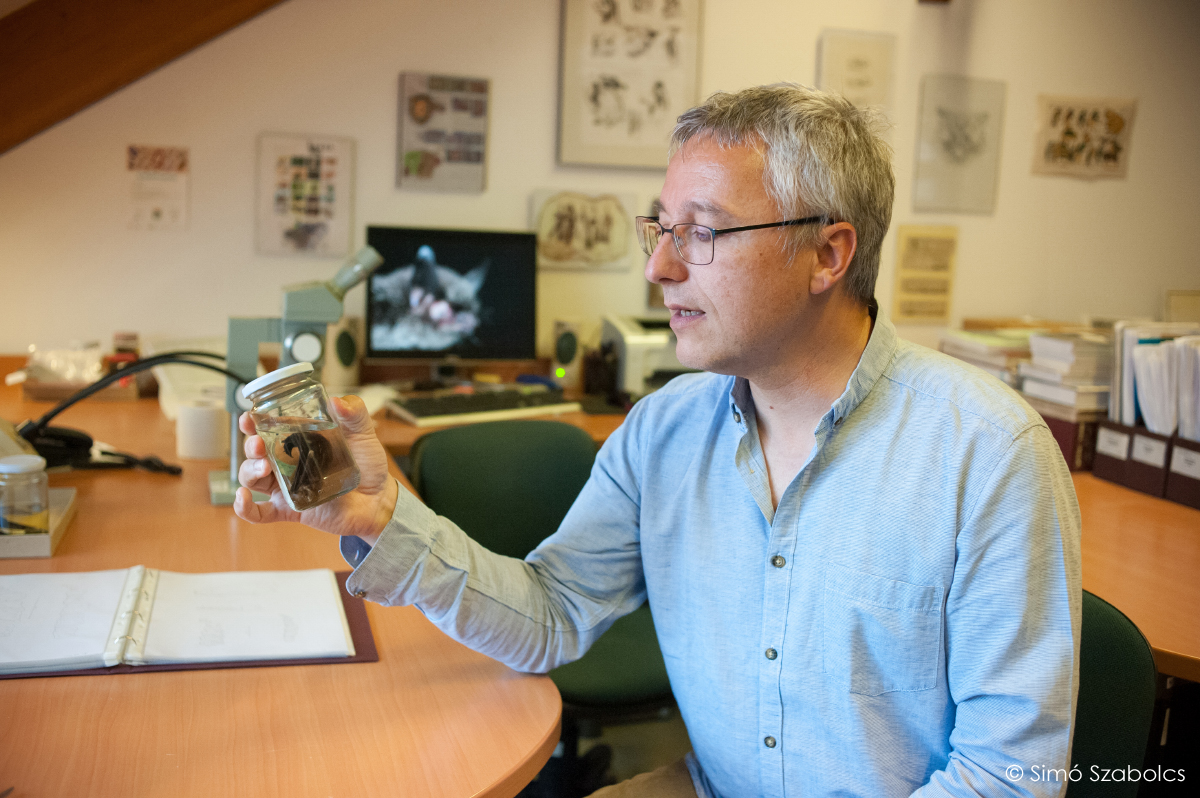
When do you expect to publish your new discovery?
Researchers always expect to publish soon, but before that, I have to study a lot of specimens thoroughly. Here, I mainly make morphological comparisons between the undescribed bat from Laos, and all other known species from Southeast Asia. This is the best museum for this purpose, because it holds a very complete representation of the species living in that part of the world. Besides morphological measurements, I have also performed genetic analyses and the formal description of this new taxon. Together with my colleagues, I am planning to publish a long manuscript by the end of the year.
Does it mean that you have to keep your description secret until publication?
Briefly, yes it does. However, by having a curatorial look, we cannot see significant differences comparing to other species except for the shape of the wings. This bat has elongated wings, which is unusual of most Southeast Asian bats. On the side of the skull there are also tiny distinctive shapes like little spines on the canines, but you need to have sharp eyes and years of experience to recognize that. There are tiny morphological differences, which allow us to diagnose and describe characters of this new bat. Definitely, studying the skull and teeth in a microscopic scale can reveal more marks for identification.
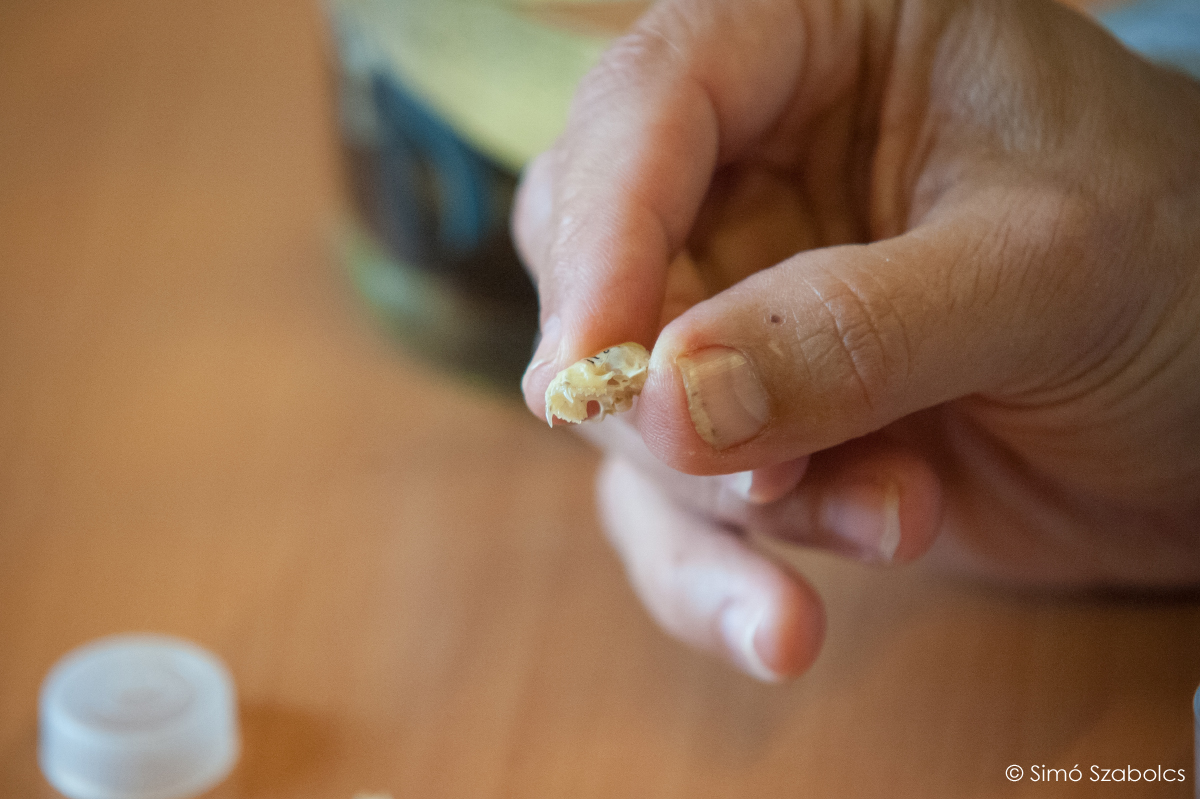
Skull of the new enigmatic bat
Do you have microscopic photos of this skull?
Yes. I can show you some, but not for the public because if you leaked it out, it could spoil the discovery. Before researching bats, I spent years studying shrews, which are also small mammals. In the case of shrews, there are one hundred and seventy eight species looking the same. In the case of bats, many show no significant differences, as most of them are small and have undescript brown fur. This is the reason why genetic research has a high importance in providing novel distinguishing characters. What is invisible for the eyes, DNA analysis can reveal. DNA sequence is something you cannot see, but tells you a long story of the relationships of species.
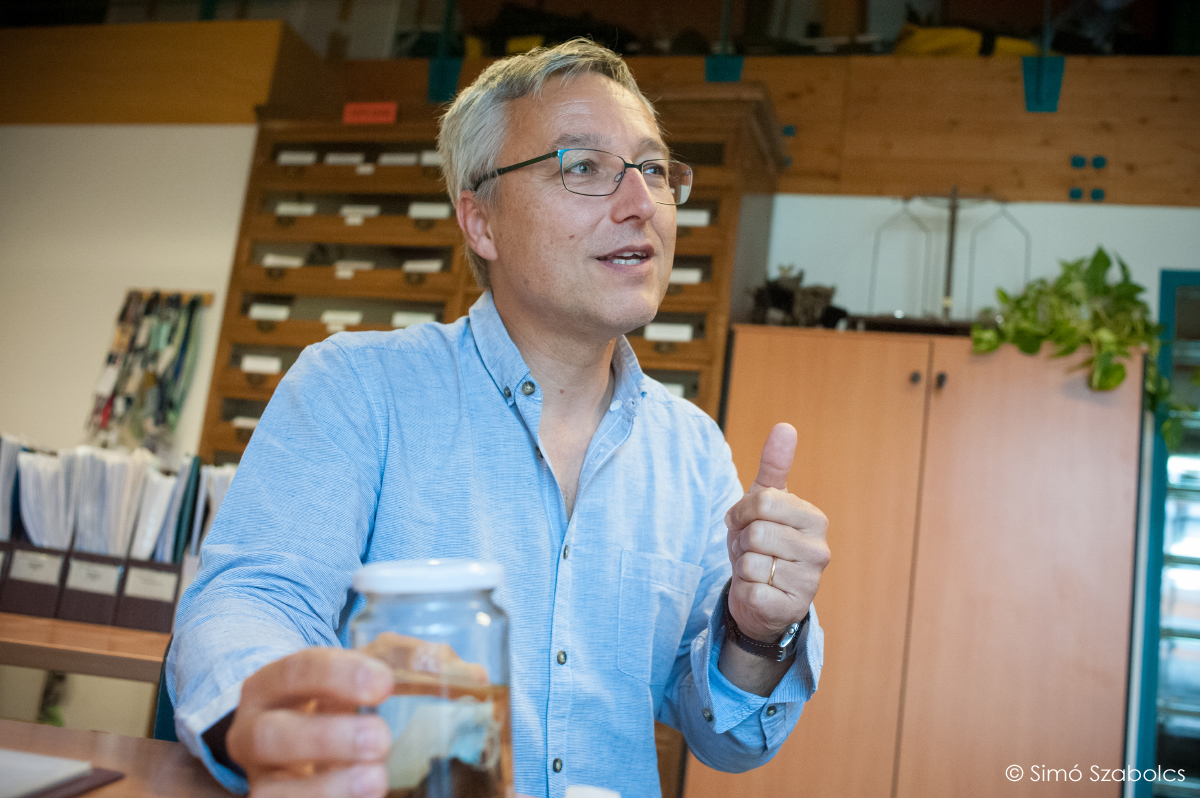
How can these genetic examinations contribute to your research?
Genetic research is not a fancy and extremely complex activity nowadays. Sequencing a gene can be rather simple. But you still need to travel thousands of kilometers around the world and visit Australia or Laos for instance, searching for new specimens suitable for genetic analyses and bring them into Europe for examinations. Genes of each specimen then become publicly available in a gene bank and can serve as a quick way to make comparisons. Thus collecting trips are still the fundamental starting point of any genetic analysis.

Can this database help conservation biology?
In Southeast Asia there is severe habitat degradation and it spreads unbelievably quickly. With the description of new bat species, I can support the proof that there is a high potential biodiversity which needs to be specifically protected. This way, I hope I can contribute to the reduction of forest destruction and global conservation.
Why did you choose Southeast Asian species to study?
Asia is an extremely diverse continent in general, which has plenty of unexplored habitats. It is a kind of magic to visit such remote and intact places. If you are interested in bats, Southeast Asia is one of these localities. The other reason is that I wrote my PhD thesis about Southeast Asian shrews, so I also knew that there was a high potential for new biological discoveries.
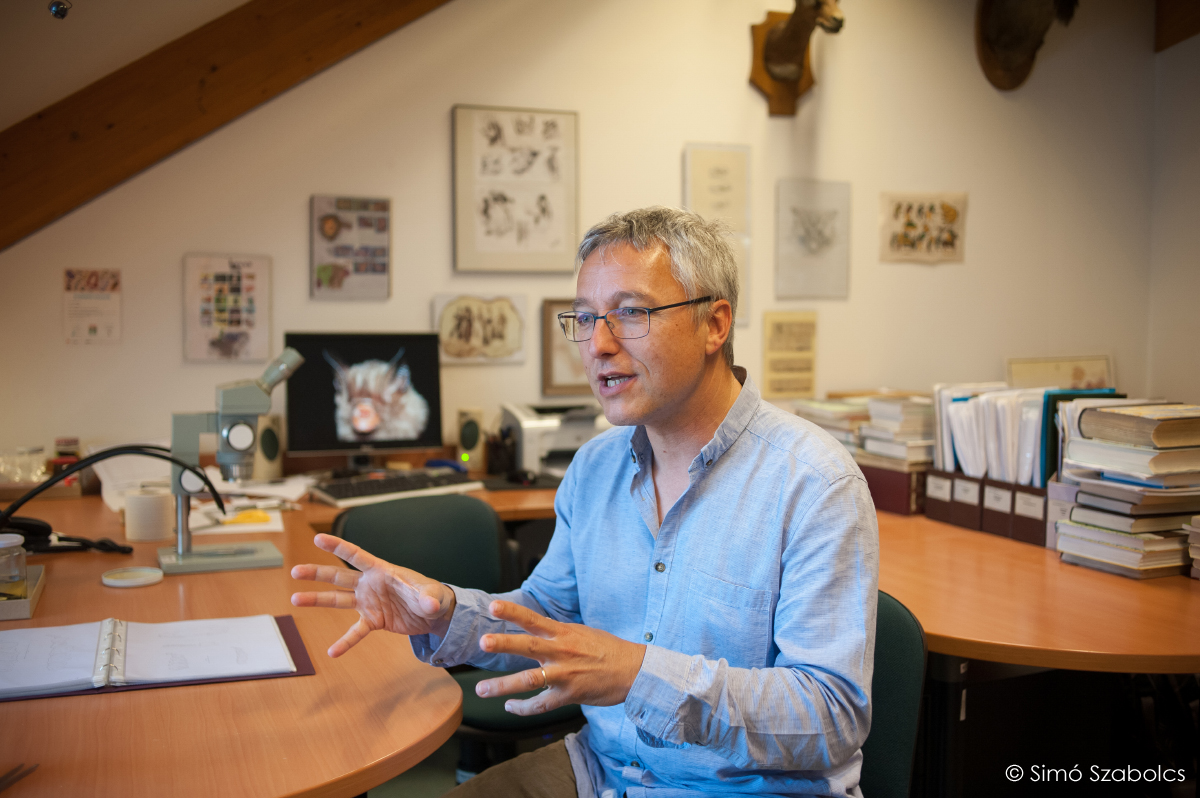
Which is your favorite place there?
I have travelled several times to Indonesia, Malaysia, Borneo, Laos and also to several parts of India. The most amazing place I have ever explored is the biologically diverse region of the Mt. Kerinci in Sumatra, where we discovered a new shrew species and many other animals unique to this place. Unfortunately, it is also seriously threatened by illegal logging.

Mt. Kerinci, Sumatra (photo: explorekerinci.com)
What is your opinion about photography-based taxonomy?
Well, taxonomy and systematics is about naming the animals, and as such, must be regarded as a unique window into the present and future of our diversity. Hence, naming new species is a nomenclatural act that should last forever and future scientists should be able to verify (or falsify) its validity by reexamining the specimen on which it is based. If no such specimen is available for research, but only a photography exists, the scientific value of such digital-based taxonomy would decrease considerably.
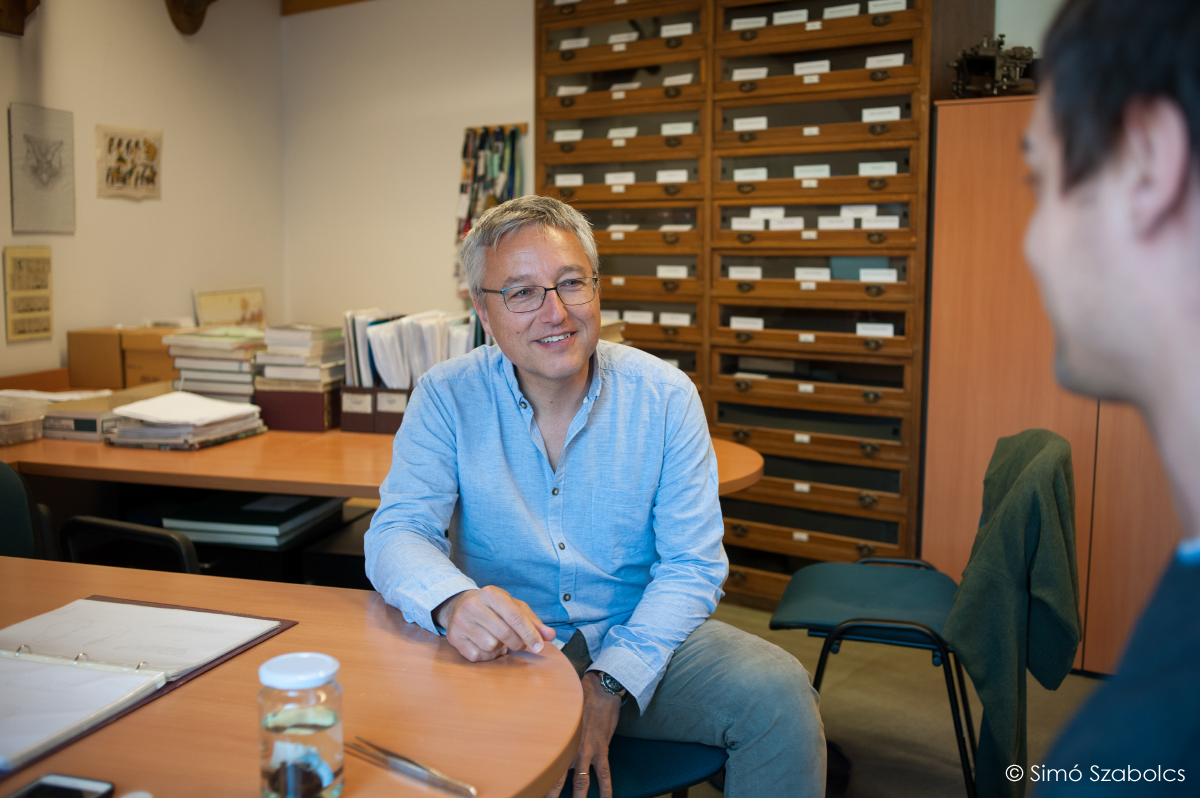
Could we take close up photos of this bat?
Yes, I can put it on a tray with caution not to break the wings. Well, as you see it is not that spectacular and not as cute as a newborn panda – he laughs. It has a common “little brown bat” appearance, only when you look at it as a specialist you can realize that there is something unusual.
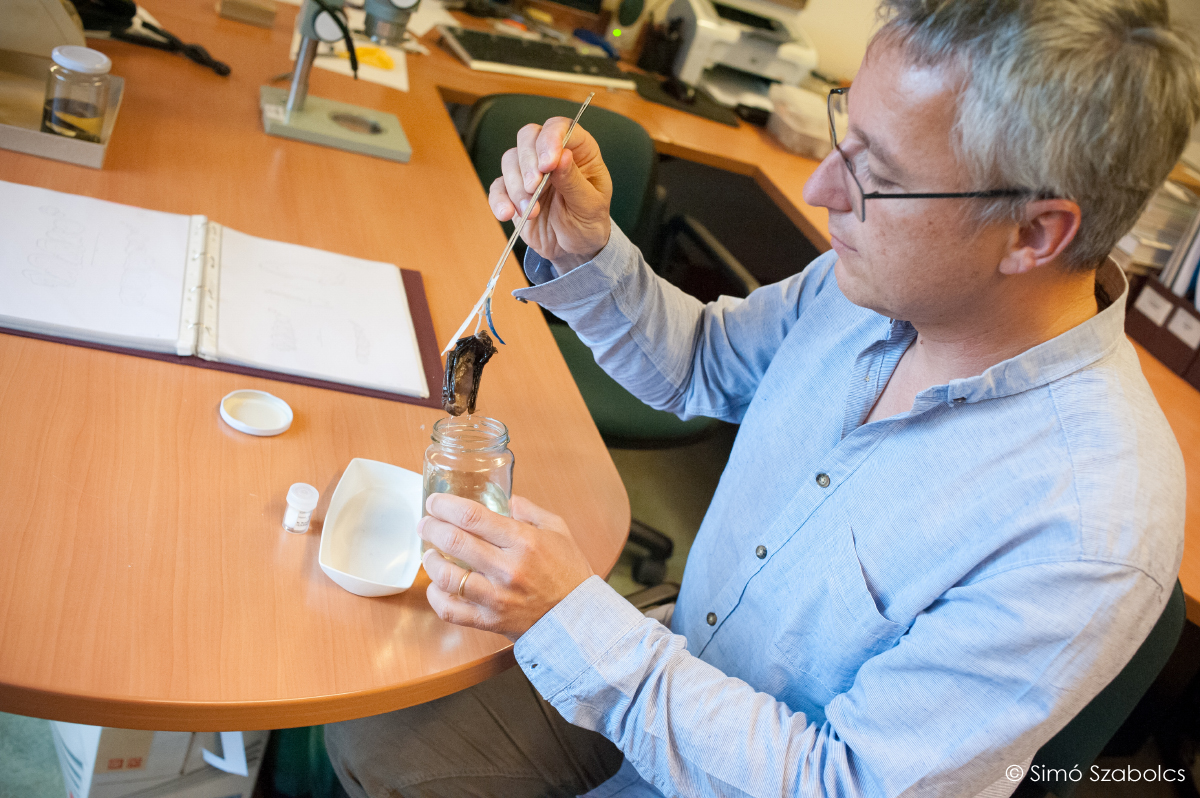
Do you have an idea about the diet of this bat?
Nobody has ever studied the diet of this bat, but according to its wing and dental morphology, it probably eats insects high on the forest canopy, like some of our bats in Budapest. Bats in general have a wide variety of diets, including carnivorous bats that eat fish and even shrimp, which is just unbelievable if we take into consideration that they all hunt for their prey at night with the help of echolocation. Others are frugivorous and search their food with the sense of smell.

I wish we could publish the original smell of this specimen.
Actually this is a very good point. Everybody knows that bats have well developed ears and echolocate with ultrasounds, which humans cannot hear. Actually bats have another highly developed sense, their smell. Their world is probably a world with smell codes, which they produce and follow during mating courtships. If we could smell these codes efficiently, I am sure that we could understand the world of bats in a different and more efficient way. Unfortunately, it is almost impossible to track odors with instruments. This kind of mystique makes perfumes so unique and valuable. You cannot predict the importance of each chemical compound, even if you analyze odors with the best ever chromatogram; it is also impossible to copy the smell of perfumes or to identify each fragrance based on such highly sophisticated analyses. Definitely it is a world to discover in biology.
Written by: Krisztián Kucska, Bernadett Döme
Photos by: Szabolcs Simó



